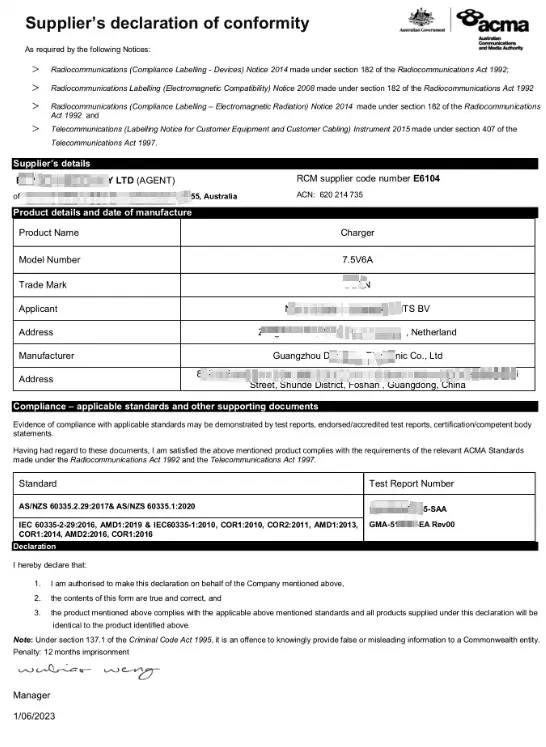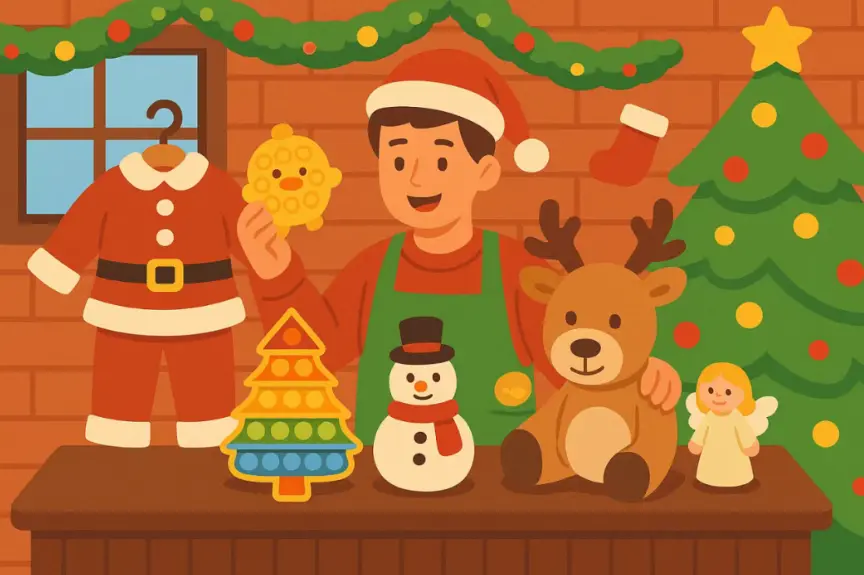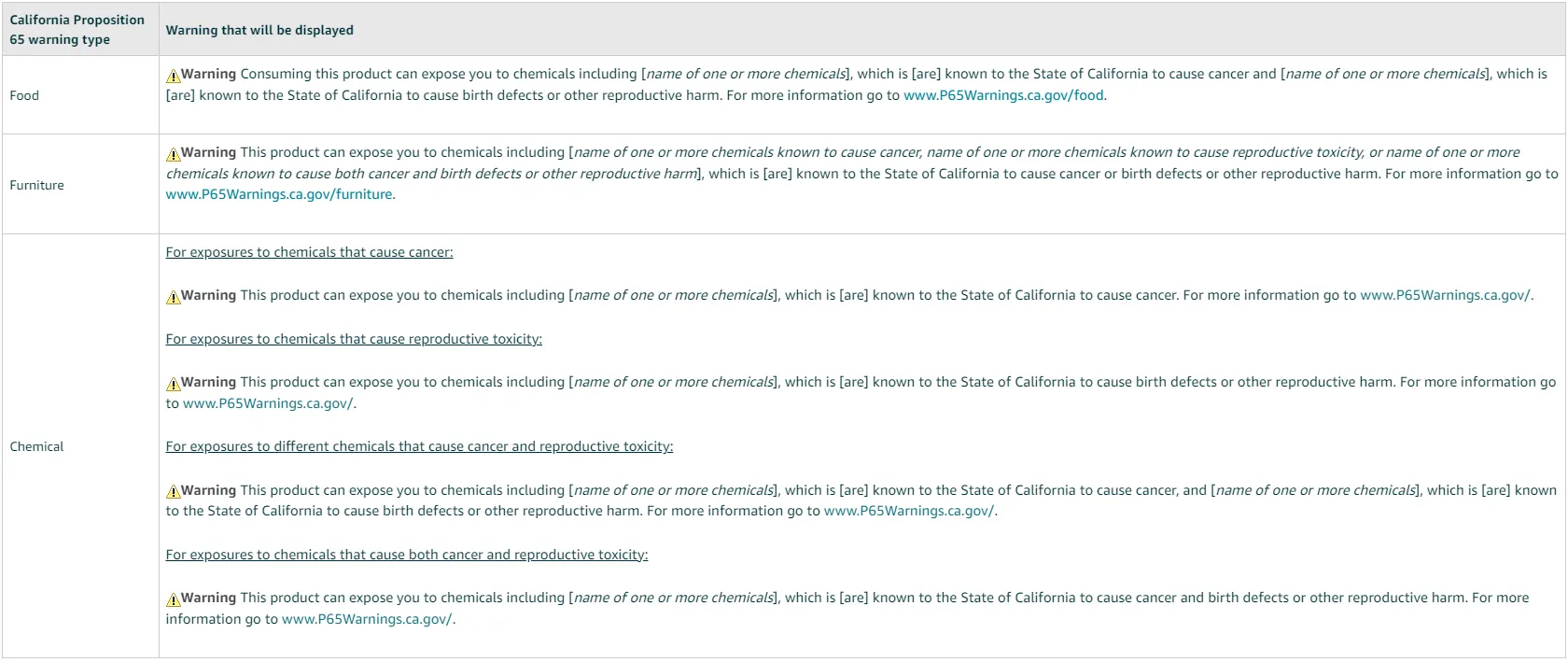
RCM Certification Regulatory Compliance Mark
What is Australia's rcm certification?
RCM certification is an identification introduced by Australia and New Zealand to achieve unified marking of electrical products. The logo is a trademark owned by regULatory authorities in Australia and New Zealand, indicating that the product complies with both safety and EMC (Electromagnetic Compatibility) requirements and is mandatory. On March 1, 2016, C-Tick, A-Tick, and RCM were integrated into a single regulatory compliance mark, RCM. saa certification covers safety aspects, c-tick certification covers EMC and radio products, and A-Tick certification covers telecommunications products. In other words, RCM requires simultaneous compliance with safety and EMC requirements for the logo to be placed on the product.

Scope of RCM certification
Australia categorizes electrical products into three levels of risk: Level 1, low-risk; Level 2, medium-risk; and Level 3, high-risk, with a total of 61 product categories.
Level 1 certification requirements: Refers to DC-powered products (apply for RCM certification directly by providing an EMC report).
Level 2 certification requirements: Refers to AC-powered products (apply for RCM certification by providing an EMC report and safety report).
Level 3 certification requirements: 61 listed products (apply for RCM certification by providing an EMC report, safety report, and a certificate issued by a government regulatory agency or an accredited external certification scheme like SAA, plus EESS registration).
Any electrical product with a voltage range between AC 50V to 1000V and DC 120V to 1500V must comply with Australian electrical safety laws. Starting from March 1, 2013, products must be registered and listed on the Australian national database EESS and bear the rcm logo to be sold on the market.
RCM certification information
Content: Includes electrical safety and Electromagnetic Compatibility (EMC).
Mandatory: Mandatory certification.
Factory inspection: No.
Local representative: Required (certificate application must be made locally in Australia), agents must log in to the national database.
Certificate validity period: 2 years, 3 years, 5 years.
RCM certification process
1. The product must first undergo SAA certification and C-tick certification. SAA certification is Australian safety testing, while C-tick is Australian emc testing; both tests must be passed simultaneously.
2. After the product passes SAA and C-tick certification, the laboratory issues SAA test reports and C-tick reports stamped with the CNAS seal, which are submitted to the Australian certification authority for review. Upon approval, an saa certificate is issued.
3. Submit the SAA certificate and test reports to the Australian review department and obtain the rcm certificate.
4. Customers can register for RCM online either by themselves or through the laboratory acting as an agent.

The testing standards for products applying for RCM are AS/NZS standards formulated by ACMA in accordance with Section 162 of the Australian 1992 Radiocommunications Act and other laws.
Testing must be conducted at accredited testing organizations, which must be certified by the National Association of Testing Authorities, Australia (NATA), or NATA MRA partner organizations.
Labeling requirements
RCM label requirements must comply with the "2017 Radiocommunications (Electromagnetic Compatibility) Labeling Notice" and the "2014 Radiocommunications (Compliance labeling - Devices) Notice," which are similar to Product Safety requirements and can be referred to in the Product Safety section.
Notes
The Radiocommunications Act stipulates that the maximum penalty for violating this law is $18,000.
Similar to Product Safety in Australia, RCM also applies in New Zealand. The radio regulatory authority in New Zealand is under the Building, Resources & Markets group and the Market Services group of the Ministry of Business, Innovation & Employment.
Email:hello@jjrlab.com
Write your message here and send it to us
 What Are the Battery Compliance Test Reports?
What Are the Battery Compliance Test Reports?
 Christmas Children’s Products EU & US Complian
Christmas Children’s Products EU & US Complian
 Food Packaging Material Testing
Food Packaging Material Testing
 Cosmetic Product Safety Report
Cosmetic Product Safety Report
 What is Prop 65 Warning?
What is Prop 65 Warning?
 Does RoHS Apply to Packaging?
Does RoHS Apply to Packaging?
 How to Get RoHS Compliance?
How to Get RoHS Compliance?
 How to get EN 62368-1 Test Report
How to get EN 62368-1 Test Report
Leave us a message
24-hour online customer service at any time to respond, so that you worry!




